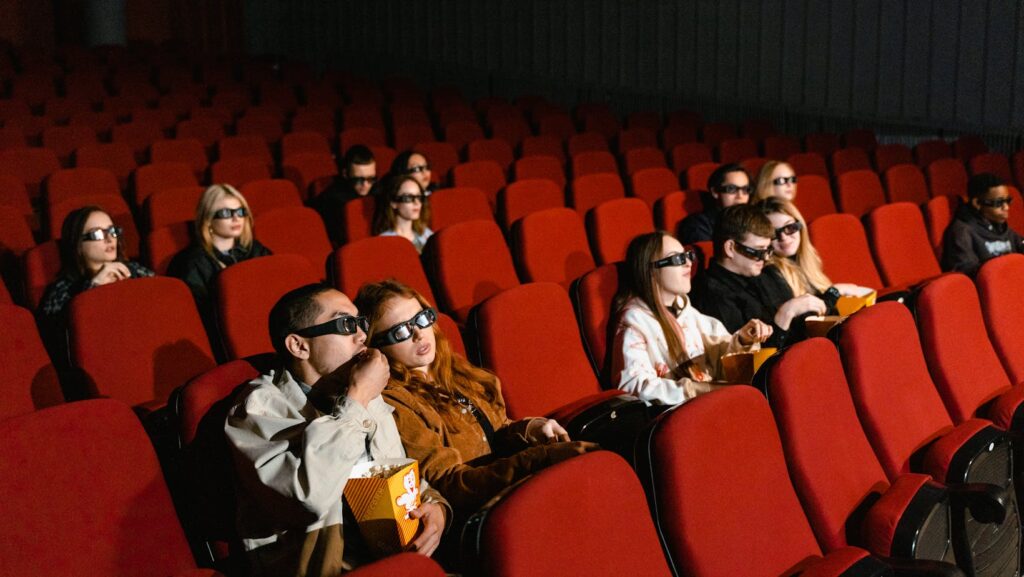As the world of cinema continues to evolve, it’s crucial to stay current on the latest trends. From the rise of streaming platforms to the resurgence of independent films, the cinematic landscape is shifting in exciting and unpredictable ways. This article will delve into these changes, exploring the most significant current trends in cinema.
Current Trends in Cinema
Diving into the current trends in cinema, it’s clear that the transformations in the cinema landscape run deep. Identifying these trends allows for a deeper exploration of their impact on cinematic experiences and the industry as a whole.
The Shift Toward Streaming Platforms

The emergence of streaming platforms establishes a significant shift in the way audiences consume cinema. Instead of frequenting movie theaters, more and more viewers opt for online platforms—let’s consider Netflix, Amazon Prime, and Disney+. Subscriptions to such services have skyrocketed in recent years, manifesting the shift in viewer preferences.
For instance, a report by Statista indicated that Netflix had over 208 million paid subscribers worldwide by the end of the first quarter of 2021. In parallel, Amazon Prime reported over 200 million worldwide subscribers in the same timeframe.
This shift isn’t only altering movie-viewing habits but is also influencing the production, funding, and distribution of films. In fact, many filmmakers have embraced streaming platforms as viable, even lucrative, venues for their creations, acknowledging both the reach and the revenue potential they offer.
Globalization of Cinema
Another observable trend is the globalization of cinema. Films around the world are reaching an increasingly diverse audience, thanks in part to streaming platforms and, of course, the power of the Internet. Unexpectedly, language barriers start to blur—audiences are more open to subtitled or dubbed productions from various countries.

Korean cinema serves as a prime example of this trend. Once a cherished secret among an ardent niche, it’s now recognized and consumed worldwide, consequent of the “Parasite” phenomenon—a South Korean film that swept major awards at the 2020 Academy Awards.
Moreover, international collaborations are becoming more prevalent as well. Cinematic pieces often involve diverse teams—directors, cast, and crew—from different countries. These collaborations shelter shared experiences and an exchange of ideas, contributing to the rich tapestry of global cinema.
Analyzing the Influence of Technology on Cinema
The Rising Trend of VFX and CGI
Visual Effects (VFX) and Computer-Generated Imagery (CGI), integral aspects of modern cinema, have dramatically elevated filmmaking. Movies like ‘Avatar’ and ‘The Lion King’ present evidence of the limitless creativity that these technologies bring to film narratives. VFX, an art of creating or manipulating imagery outside the realm of live shots, isn’t just confined to explosive sci-fi or fantasy flicks. It’s subtly employed even in genres such as romantic comedies and dramas. On the other hand, CGI, a form of VFX, allows for the simulation of 3D visuals and objects, enhancing the realism and audience immersion. Statistics indicate a soaring 15% increase in the use of VFX and CGI in the past decade, highlighting their growing appeal in the industry.
The Impact of Virtual Reality in Cinema

Virtual Reality (VR), another technological marvel, is poised to revolutionize the cinematic landscape. Users donning VR headsets, like Oculus Rift or Samsung Gear VR, experience films in an interactive, 3D environment, fostering a sense of ‘being’ in the movie. Engaging films like ‘The Martian VR Experience’ provide glimpses into this immersive reality. However, despite its promise, VR faces challenges, including the need for specialized equipment and the risk of cyber sickness. Yet, a recent report from Statista projects a potential revenue increase of 5% in the VR industry by 2024, emphasizing confidence in this technology’s pivotal role in the imminent future of cinema.
Dynamic Evolution
As the curtain falls on this exploration of current trends in cinema, it’s clear that the industry is in a state of dynamic evolution. Streaming platforms and global films are reshaping consumption habits while technology’s influence is transforming storytelling methods. The rise of VFX, CGI, and virtual reality not only enhances cinematic experiences but also holds potential for future revolutions.


